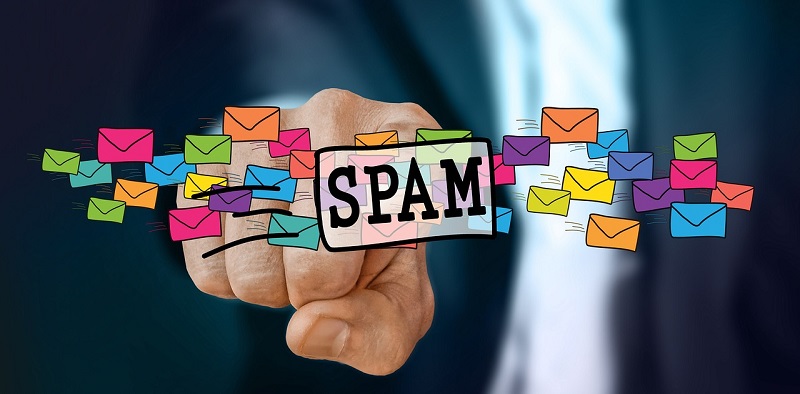In today’s digital landscape, email marketing has become an essential tool for businesses to communicate with their customers and drive engagement. However, despite your best intentions, your amazing email marketing campaigns are often filtered into spam. In this article, we will dive into the world of email spam, differentiate between email marketing and spamming, and explore effective email marketing practices to ensure your messages reach the inbox.
Differentiating Between Email Marketing and Spam
In order to understand spam, it’s important to grasp the distinction between email marketing and spamming. An email spammer is someone who sends messages to people without obtaining consent to do so. While purchasing an email list does not automatically make you a spammer, sending messages to those addresses definitely does. The key lies in sending messages to people who have explicitly opted in to receive emails from you, ensuring that your communications are targeted and relevant.
Spam Traps and Their Role in Filtering Spam
To combat spam and protect their users, mailbox providers and blocklist services employ various techniques. One such technique involves the use of spam traps. These are email addresses specifically created to catch spammers. Spam traps can be placed on web pages, hidden in code, or even distributed on legitimate websites. When an email lands in a spam trap, it is a clear indication to mailbox providers that the sender may be engaging in spamming practices.
Understanding Cold Emails
Cold emails are messages sent to individuals who have never heard from you before. While cold emailing can be an effective way to expand your business’s reach, it is crucial to approach it with caution to avoid being labeled as a spammer. When sending cold emails, take the time to research your recipients, personalize your messages, and clearly state the purpose of your email. By demonstrating that you have taken the time to understand their needs, you can establish trust and increase the chances of receiving a positive response.
Avoiding Spammy Tactics
One of the key factors that contributes to being labeled a spammer is the use of spammy tactics, such as the pre-ticked opt-in box. This tactic, once commonly used, is now considered deceptive and spammy. To ensure compliance with email marketing best practices, it is crucial to obtain explicit consent from individuals by having them actively opt-in to receive emails from you. This transparent approach builds trust and ensures that your messages are reaching a receptive audience.
Importance of Unsubscribe Links
Including an unsubscribe link in every email you send is not only a legal requirement but also a best practice. It allows recipients to easily opt out of further communications if they no longer wish to receive your emails. This not only demonstrates respect for the recipient’s preferences but also helps maintain a healthy sender reputation. Additionally, providing a straightforward and hassle-free unsubscribe process can help build trust with your subscribers.
Role of Email Authentication Protocols
Email authentication protocols play a crucial role in protecting users from phishing attempts and brand spoofing. These protocols, such as SPF (Sender Policy Framework), DKIM (DomainKeys Identified Mail), and DMARC (Domain-based Message Authentication, Reporting, and Conformance), help mailbox providers identify legitimate senders and distinguish them from spammers. Implementing these protocols not only enhances your email deliverability but also safeguards your brand reputation.
Email Engagement and Sender Reputation
When mailbox providers assess your sender reputation, they closely evaluate email engagement metrics. High engagement, such as email opens, clicks, and positive responses, indicates that your emails are relevant and desired by recipients. Conversely, low engagement can raise red flags and lead to your messages being filtered into spam. To improve your sender reputation, focus on creating valuable and engaging content, segmenting your audience, and optimizing your email campaigns for better engagement rates.
Understanding email spam and implementing effective email marketing practices are pivotal in maximizing the success of your campaigns. By differentiating between email marketing and spamming, avoiding spammy tactics, utilizing email authentication protocols, and focusing on email engagement, you can enhance your deliverability rates and ensure your messages reach the intended recipients’ inboxes. Embrace these best practices, build trust with your subscribers, and enjoy the benefits of successful email marketing campaigns.

